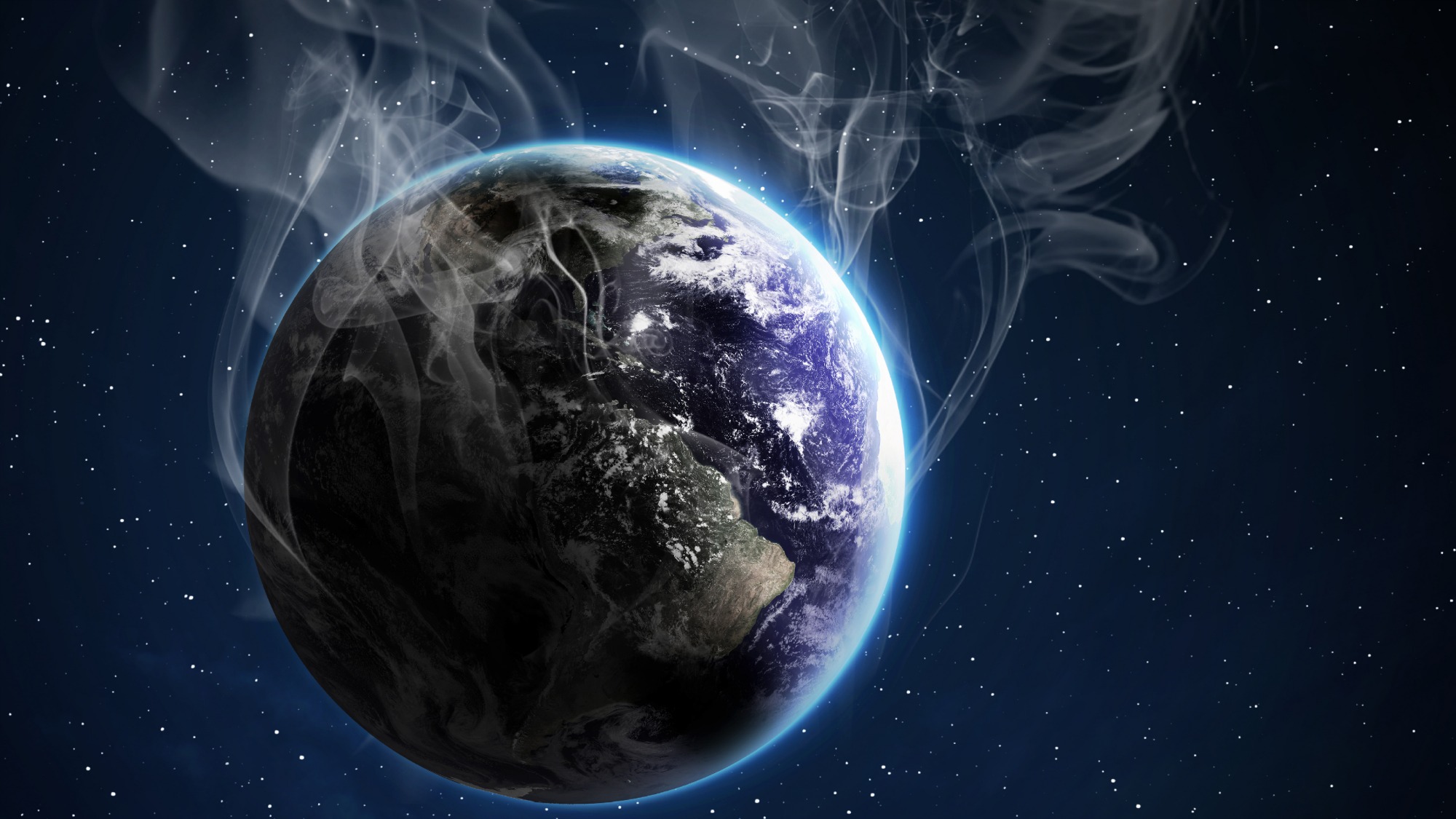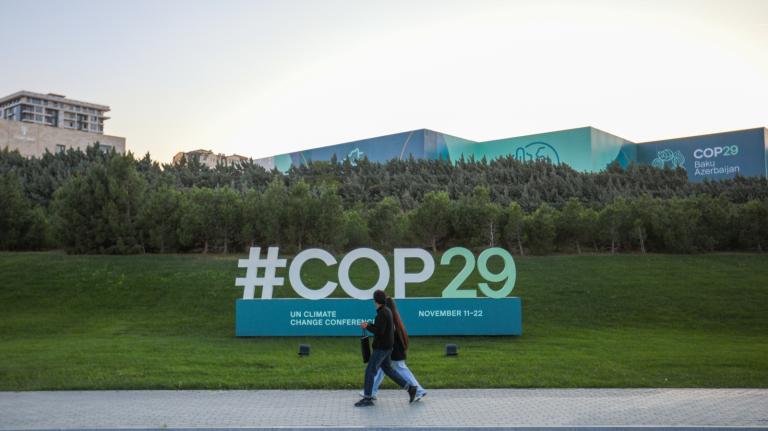In 2008, climate scientist James Hansen published a paper stating that 350 parts-per-million (ppm) is the safe upper limit of CO2 in the atmosphere before the planet really goes haywire. Earlier this year, according to a new report from the World Meteorological Organization (WMO), the global monthly average hit 400 ppm. Uff da.
Certain monitoring stations — including the classic Mauna Loa Observatory — have measured a 400 ppm monthly average before, but the WMO says that this is the first time global measurements have collectively crossed the threshold.
The WMO maintains the world’s biggest network of sensors detecting changes in the makeup of the Earth’s atmosphere. For decades it has tracked rising concentrations of greenhouse gases such as carbon dioxide, a naturally occurring chemical compound that is vital for plant life and also acts as an insulating blanket, trapping the sun’s heat and making the planet warmer than it would otherwise be.
With the burning of fossil fuels, levels of atmospheric carbon dioxide have risen steadily, soaring from about 278 ppm during pre-industrial times to above 390 ppm by the start of the current decade.
Many scientists contend that the carbon dioxide levels should remain well below 400 ppm to avoid long-term disruptions to the Earth’s climate. But since 2012, several of the WMO’s 125 individual monitoring stations have detected readings above that threshold.
The global average climbed to 397.7 ppm in 2014, the WMO report said, and then, in early 2015, it exceeded 400 ppm for the first time since record-keeping began, the organization’s data shows.
The report also shows that while carbon dioxide levels have been rising at a steady rate over the last decade, levels of other heat-trapping gases — methane and nitrous oxide — are speeding up. And that’s not that good. Not to be dramatic about it or anything, but the consequences of this level of greenhouse gases in the atmosphere are … significant. Rising sea levels, worsening storms, melting ice, drought, floods, ocean acidification, the loss of food and fresh water, and great swaths of people fleeing from climate impacts? Welcome to the future.
Then again, maybe the Paris climate talks will be a dramatic success and our global leaders will agree to take swift and decisive climate action. Either way, the WMO report concludes that the effects of current levels of greenhouse gases in the atmosphere will likely be felt for centuries to come. That’s right — centuries.



